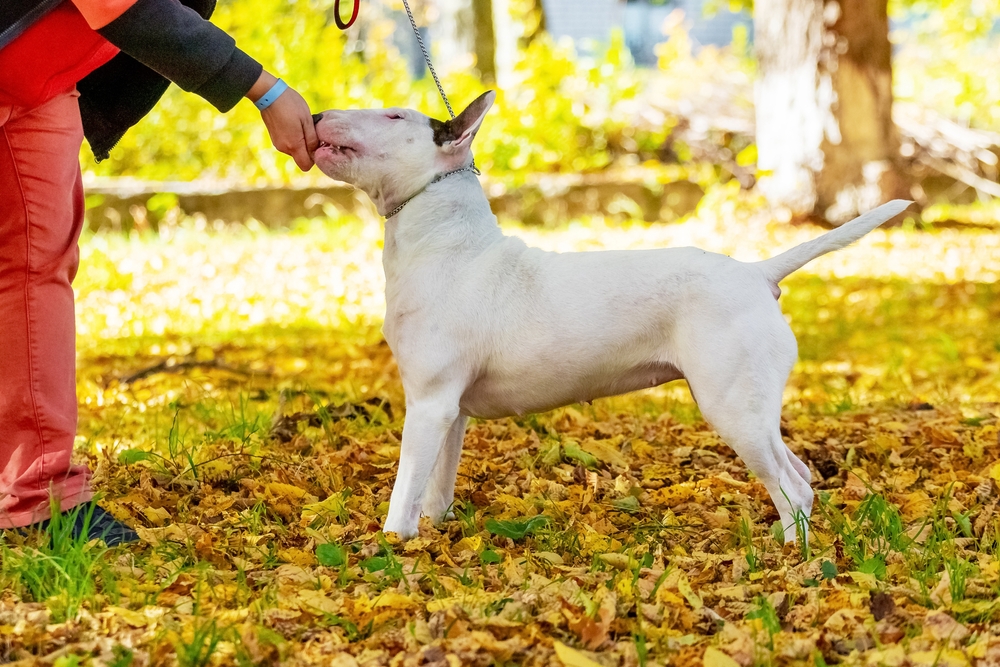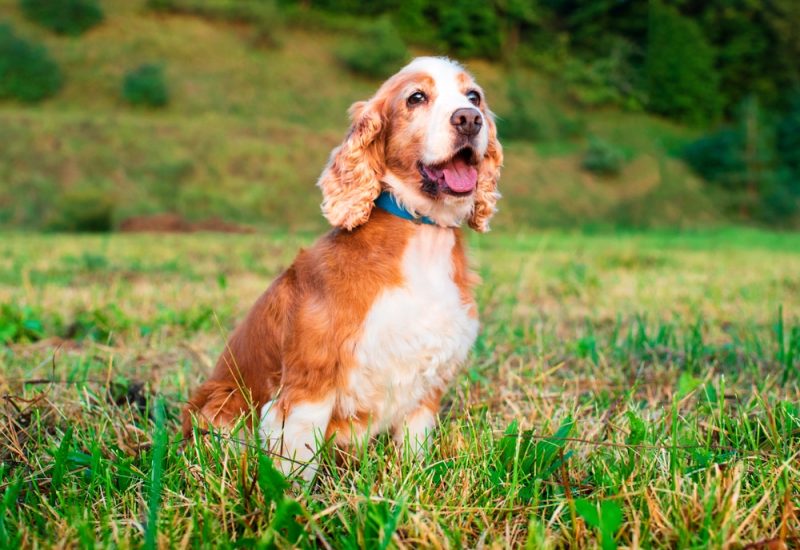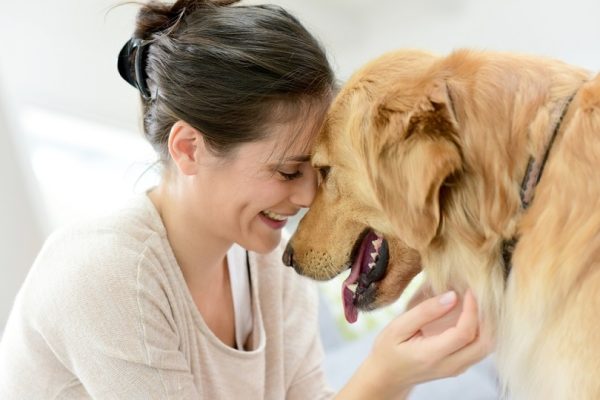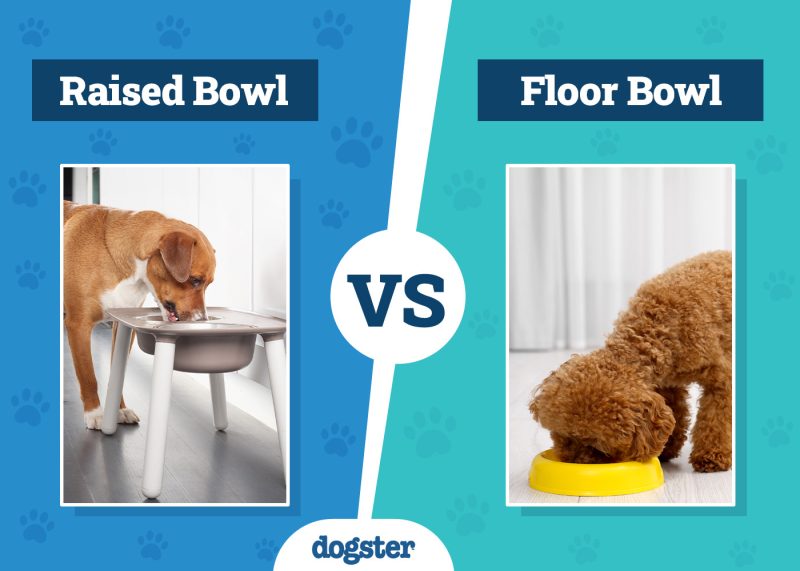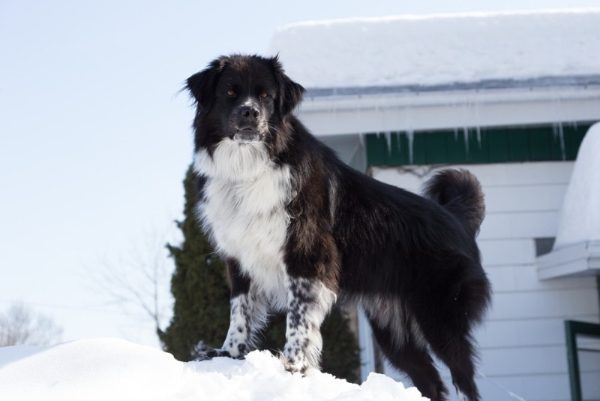Owning a Bull Terrier can bring immense fulfillment and joy to your life. However, it also comes with the important responsibility of training them to be well-behaved and obedient companions.
Therefore, investing time and effort into training your Bull Terrier to ensure they understand and follow commands for your convenience and their safety is essential. Unfortunately, this dog has a stubborn streak and a high prey drive, making it challenging to train.
So how can you successfully train your dog to make it a valuable family member? Read on to learn everything you need to know about training a Bull Terrier.

Overview of the Bull Terrier Breed
Bull Terriers are affectionate and loyal dogs that form strong bonds with their owners. They thrive on companionship and enjoy engaging in many activities with their human family members. However, they can also be independent thinkers and exhibit stubbornness during training.
Understanding their temperament and behavioral traits will put you in a better position to train your dog. Your Bull Terrier is likely to display the following behavioral traits:
Playful and Energetic
Bull Terriers are playful and energetic in nature. As such, they need regular exercise and mental stimulation to prevent boredom and effectively channel their energy.
A Strong Prey Drive
Bull Terriers have a high prey drive, making them more inclined to chase small animals. Proper training, supervision, and impulse control exercises are necessary to manage this behavior and ensure safety.

Independent Thinking and Stubbornness
Bull Terriers are intelligent dogs with independent thinking. This can lead to stubbornness during training sessions. It is essential to be an assertive leader and use positive reinforcement techniques to motivate and engage them in training exercises.
Aggression and Dominance Tendencies
Some Bull Terriers may exhibit aggression or dominant tendencies. Early socialization and ongoing training are essential to manage their behavior effectively and promote positive interactions with other dogs.

The 5 Steps for Bull Terrier Training
Owing to its behavioral traits, the Bull Terrier is clearly not the easiest dog to work with. However, with the right techniques, consistency, and patience, your Bull Terrier training sessions can be both successful and enjoyable.
1. Prepare for Training
You must prepare both you and your dog for the training process. Establish a positive, consistent environment and gather all the necessary equipment and resources to help you through the training journey. Consider doing the following.
Create a Positive and Consistent Environment
A positive and consistent training environment will make it easier to train your Bull Terrier. To create such an environment, start by establishing clear guidelines and expectations.
For example, ensure your family members are on the same page and consistently use the cues and commands you teach your dog. This way, your Bull Terrier will understand what is expected of them during the training sessions.
You can also use positive reinforcement to create an excellent environment for training your dog. This includes using reinforcers such as treats, praise, and play to motivate and reinforce desired behaviors. Find what reinforcers your dog likes the most and use them consistently during the training sessions.
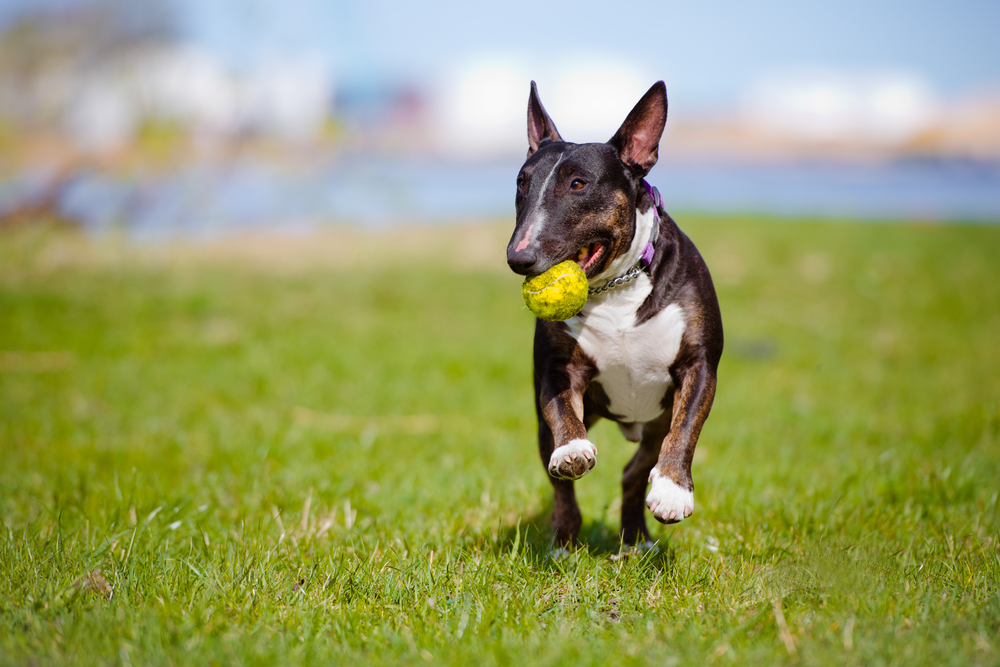
Find the Right Equipment and Resources
The right equipment and resources will make training more effective. For example, a well-fitting collar or harness and a sturdy leash are essential for leash training and maintaining control during walks. Consider using a clicker or a specific marker word to identify desired behaviors and communicate reinforcement effectively.
Educating yourself on the most effective training techniques specific to Bull Terriers can also help maximize the effectiveness of your training sessions. Therefore, make sure that you understand the principles of positive reinforcement, clear communication, and timing.
2. Teach Basic Obedience Commands
Basic obedience commands are essential for effective communication and control over your Bull Terrier. Use these three crucial commands at the beginning.
- Sit: Teach your Bull Terrier to sit on command. Begin by holding a treat above their head and moving it backward. As their head follows the treat, their bottom will naturally lower into a sitting position. Once seated, say the command “Sit” and reward them with the treat and praise. Practice this command in various environments to reinforce the behavior.
- Stay: The “Stay” command helps your Bull Terrier learn impulse control and remain in one place until released. Start with your dog in a sitting position, say “Stay,” and take a step back. If they stay in place, reward them with a treat and praise. Gradually increase the duration and distance over time, reinforcing them very well for maintaining the stay.
- Come: Teaching your Bull Terrier to come when called is crucial for their safety. Begin in a controlled environment, say “Come” in an upbeat tone, and encourage them to come to you. When they reach you, reward them with a treat and praise. Practice this command regularly, gradually increasing distractions and distance.
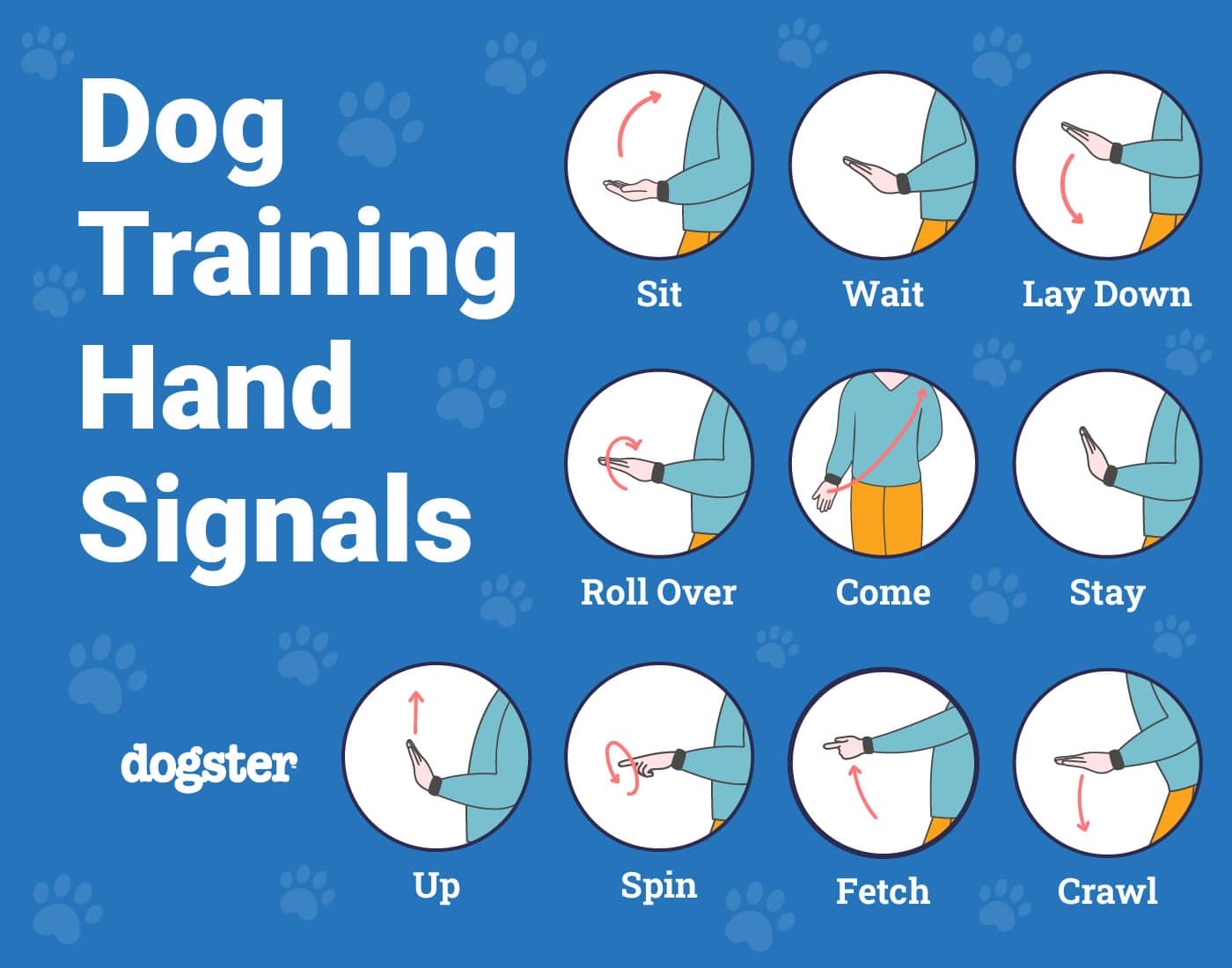
3. Leash Training and Walking Etiquette
Leash training and walking etiquette are essential for a pleasant walking experience.
Start by introducing your dog to wearing a collar or harness and gradually associate it with positive experiences. Once done, practice loose-leash walking by rewarding your dog for walking beside you without pulling. Remember to use treats, praise, and rewards to reinforce good behavior.
While leash training, it is essential to teach your Bull Terrier to respond to cues such as “heel” or “let’s go” to encourage them to walk calmly by your side. Once your dog starts learning, consider gradually introducing different environments, distractions, and situations to desensitize your Bull Terrier to potential triggers and reinforce their walking etiquette.
Remember to be patient and consistent during leash training, as it can take time for your Bull Terrier to master walking on a leash without pulling.
4. Crate Training and Housebreaking
Crate training effectively provides a safe and comfortable space for your Bull Terrier while aiding in housebreaking.
To properly train your dog, introduce the crate gradually, making it a positive and inviting space with comfortable bedding and toys. Use positive reinforcement, such as treats and praise, to encourage your Bull Terrier to enter and stay in the crate.
As they get more comfortable inside their crate, gradually increase the duration of crate time, starting with short intervals and slowly extending them as your Bull Terrier becomes comfortable. Establish a consistent schedule for letting your Bull Terrier out of the crate for bathroom breaks and playtime.
Avoid using the crate as a form of punishment. Your Bull Terrier should associate it with positive experiences and safety.
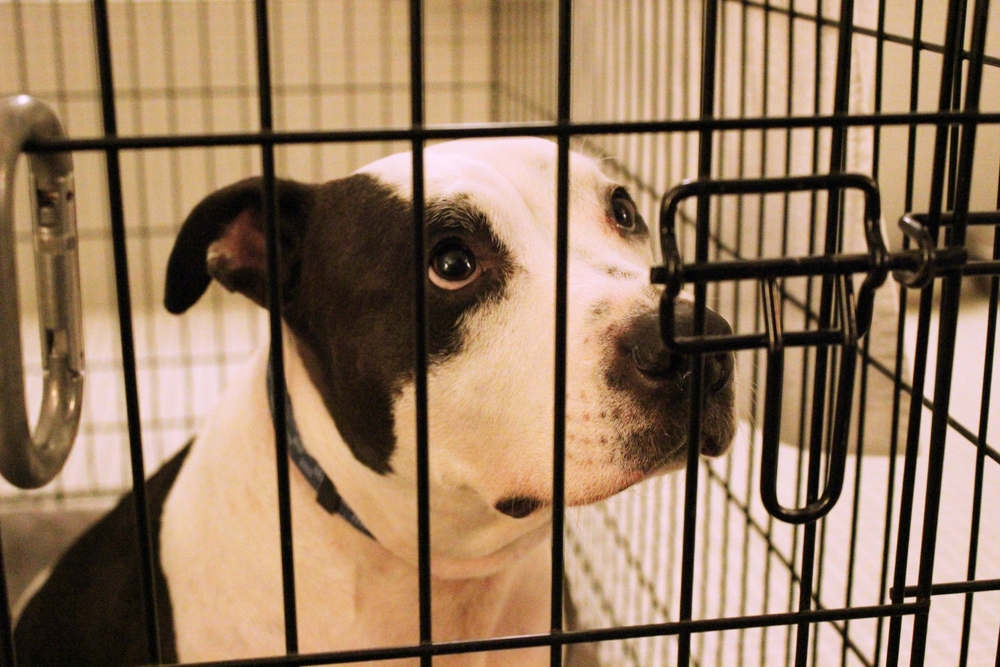
5. Advanced Training and Activities
Once your Bull Terrier has mastered basic obedience, it is time to explore more challenging activities. This adds fun and variety to your dog’s training, strengthens the bond between you, and enhances their obedience skills.
Consider the following commands and activities for your learning dog.
Advanced Obedience Commands and Tricks
Build upon basic obedience by teaching advanced commands like “leave it” and “wait”. This will give your Bull Terrier more advanced skills and greater control in various situations.
Additionally, engage in trick training to teach fun behaviors such as “rollover” or “shake hands.” This provides a fun way to bond with them and display their intelligence and abilities. Use positive reinforcement and break down complex behaviors into smaller steps.
Mental Stimulation Exercises
Engaging your Bull Terrier in mental stimulation exercises is essential for their well-being. These exercises challenge their cognitive abilities, prevent boredom, and provide a healthy outlet for their mental energy.
Keep your Bull Terrier mentally engaged by incorporating activities like puzzle toys, scent work, and interactive games.
Canine Sports and Activities
Consider involving your Bull Terrier in sports like agility or fly ball, which provide physical exercise and mental stimulation. Obedience trials are also a great way to showcase their advanced skills and compete alongside other dogs.
Engaging in advanced training and activities will stimulate your Bull Terrier’s mind, strengthen your bond, and contribute to their well-being. Tailor the activities to their abilities and interests for maximum enjoyment and fulfillment.
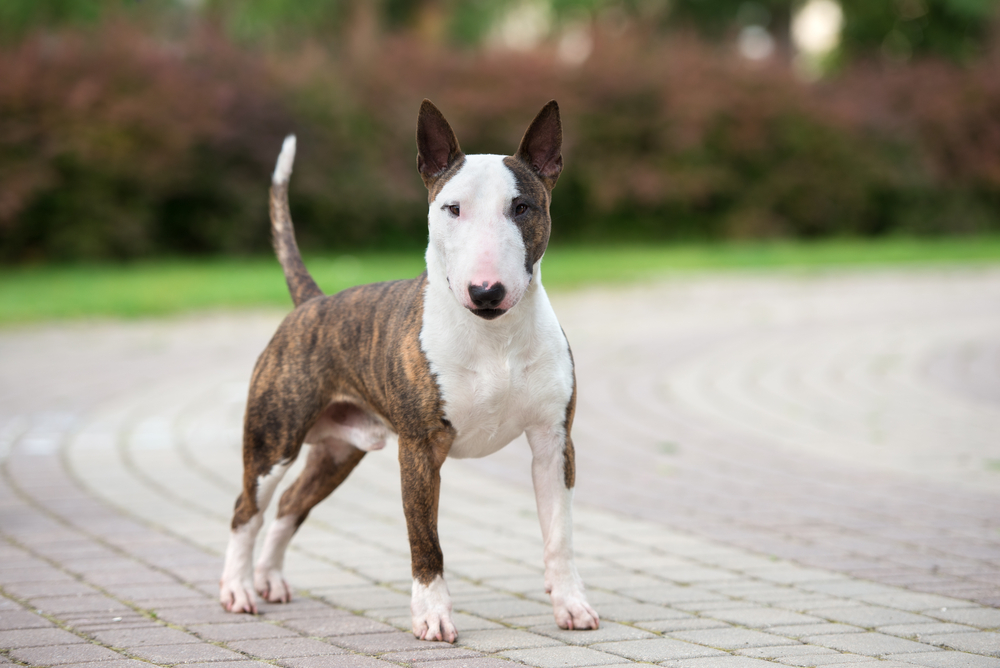

When to Seek Professional Help
Training your Bull Terrier can come with its share of rewards. However, there might be times when you encounter challenges.
A professional dog trainer or behaviorist will provide valuable insights, tailored solutions, and practical techniques to address issues that may be challenging to tackle on your own. Knowing when to seek professional assistance for your Bull Terrier is crucial in addressing behavioral challenges effectively.
Consider the following situations that may indicate the need for professional help.
Persistent Behavior Issues
It might be time to find a professional if your Bull Terrier is displaying persistent behavioral problems such as aggression, separation anxiety, excessive fear, or destructive behavior that you haven’t been able to resolve through your training efforts.
If you are struggling with your dogs behavior, we suggest you speak with a vet.
If you need to speak with a vet but can't get to one, head over to PangoVet. It's our online service where you can talk to a vet online and get the advice you need for your pet — all at an affordable price!

Safety Concerns
Consider calling a professional if your Bull Terrier’s behavior poses a safety risk to themselves, other animals, or people to guarantee that everyone involved is safe.
Training Challenges
Consult a professional trainer if your doggo doesn’t seem to get specific commands despite consistent efforts and proper training techniques.
Specific Training Needs
Certain situations or specialized training needs may require professional assistance. For example, if you plan to participate in dog sports or competitions with your Bull Terrier, an experienced trainer can help fine-tune their skills and guide competition-specific training techniques.

Final Thoughts
Training your Bull Terrier is a positive and rewarding experience. Start by preparing yourself and your dog for training and use positive reinforcement and reward-based techniques. Remember to be consistent and patient and establish a training routine. Once your dog masters the basics, seek other ways to challenge them mentally and physically.
If need be, seek professional help. Professional trainers and behaviorists offer specialized expertise, tailored solutions, and guidance to address complex behavioral issues. Their support can enhance your understanding of your Bull Terrier’s needs and ensure their well-being.
Featured Image Credit: MVolodymyr, Shutterstock

